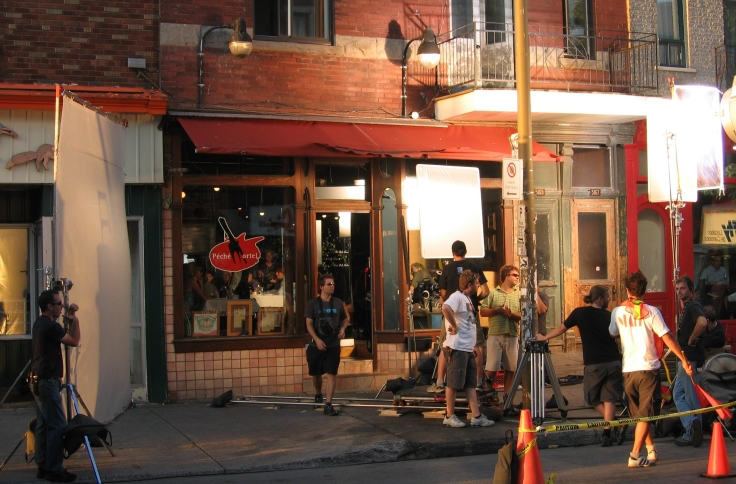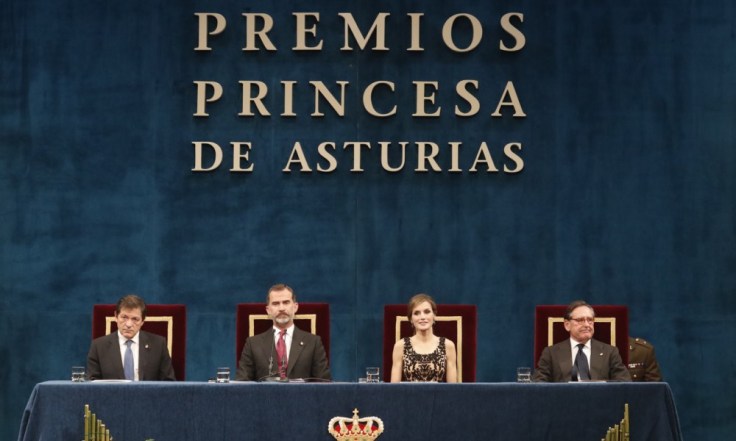By David Yermack
In the article, we study “donor governance”, which occurs when contributors to nonprofit firms place restrictions on their gifts to limit the discretion of managers. In a study of US art museums, we find that when donor restrictions are strong, museums shift their cost structures away from administration and toward program services. Restricted donations also appear to stabilize nonprofits, but reduce management flexibility.
Continue reading “DONOR GOVERNANCE AND FINANCIAL MANAGEMENT IN PROMINENT US ART MUSEUMS”






Recent Comments